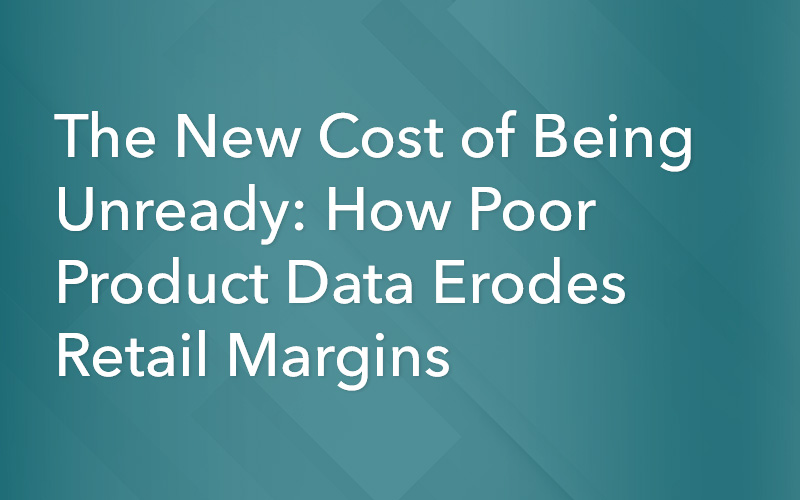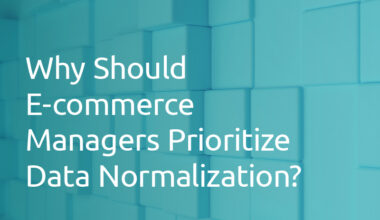The Hidden Cost of Incomplete Product Data
Digital commerce is undergoing a structural transformation. While marketing strategies evolve and channels diversify, the real source of long-term e-commerce performance remains overlooked: clean, complete, structured product data. Despite its critical role, poor data practices remain one of the most persistent and costly issues for retailers today.
Product data that lacks structure or consistency results in more than a technical oversight. It leads to misaligned campaigns, lower conversion rates and lost visibility. Revenue leakage caused by outdated or incomplete product catalogues is now one of the most expensive blind spots in retail. And the gap between investment and performance is widening.
From Traffic to Discovery Engines
Historically, digital shelf strategies have focused on optimizing for traffic. The assumption has been that better SEO, smarter media and improved UX would yield incremental wins. But in the current environment, visibility no longer starts with the website. Instead, the path to purchase increasingly begins through third-party discovery engines, voice search and AI-powered interfaces that rely entirely on structured data to make recommendations.
Consumers now engage with search differently. Instead of navigating from a homepage or browsing category trees, they ask a question. The answer is powered not by branding or creative, but by the accuracy and accessibility of data. If your product content can’t be read by machines, it won’t be recommended. It won’t be seen.
When Advertising Amplifies Bad Data
Retailers are spending more on retail media than ever before, with investments accelerating across major platforms. But when campaign performance relies on product feeds that are fragmented, unstructured or misclassified, the ROI diminishes. Sponsored listings, recommendations and smart placements only work when content is complete and properly categorized.
Retailers often fall into the trap of scaling their media before fixing their data. The result: ad spend that promotes SKUs lacking the right taxonomy, missing attributes or outdated descriptions. Campaigns suffer not because of poor targeting, but because the product pages themselves were never optimized for structured discovery.
Optimizing for Humans and Machines
Retailers today must meet the needs of two audiences: people and algorithms. That means product content must do more than look good — it must be programmatically logical. It must follow defined schema markup. It must be readable by bots. And it must deliver clear, structured answers to the kinds of questions people ask agents, search bars and voice assistants.
The future of shopping is no longer just about what content says — it’s about what it signals. Descriptions, specs and images must not only inform and persuade, but also align with the technical expectations of AI systems that power discovery.
Readiness is a Competitive Advantage
The brands that win in this new commerce landscape will not be those that simply shout louder — they’ll be the ones who are structurally easier to find. Readiness, in this sense, is no longer a technical achievement; it’s a commercial imperative.
This is why we’ve developed our Agent Discovery Readiness program. It’s designed to help retailers and brands assess the state of their product content in the context of AI-led shopping. We evaluate the taxonomy, structured data, content clarity and technical accessibility of your catalogue — and provide a roadmap to improvement. The goal isn’t just compliance. It’s visibility, relevance and conversion.
The Consequence of Invisibility
Not being ready doesn’t look like a broken site or an obvious failure. It’s far quieter — and far more dangerous. It means missing from search results. It means being overlooked by agents that now guide consumer decisions. It means never being considered, even when your product might be the right fit.
Product discovery is increasingly mediated by machines, so readiness must be reframed as a growth strategy. Because the cost of being invisible in the decision set is far greater than most brands realize.
 1.416.619.5349 Ext.325
1.416.619.5349 Ext.325 







